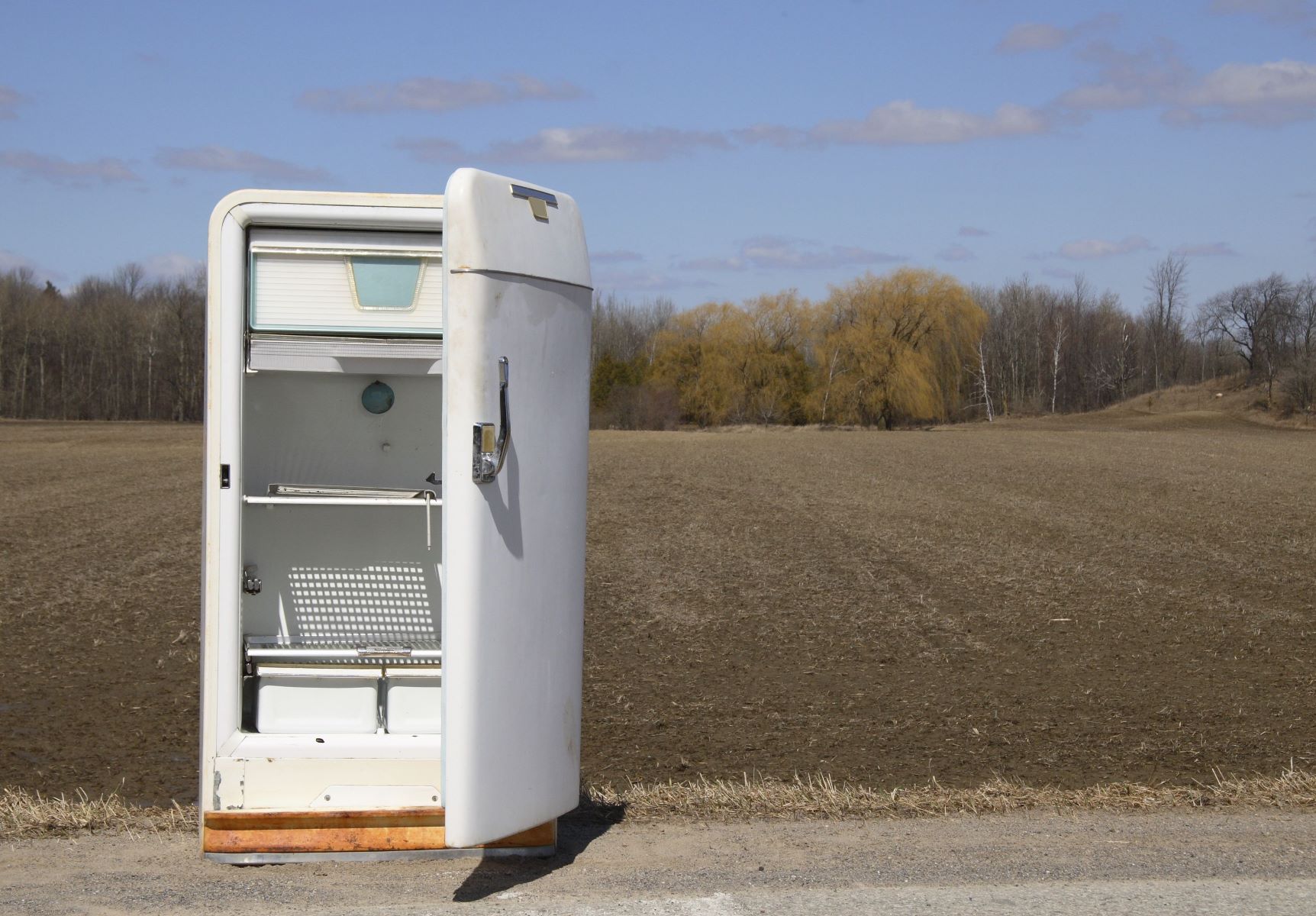

Articles
How To Store Unused Refrigerator
Modified: February 19, 2024
Learn how to properly store your unused refrigerator with our helpful articles. Ensure that your appliance stays in good condition and ready to use when needed.
(Many of the links in this article redirect to a specific reviewed product. Your purchase of these products through affiliate links helps to generate commission for Storables.com, at no extra cost. Learn more)
Introduction
Storing an unused refrigerator properly is essential to ensure its longevity and functionality. Whether you are moving or simply not using your refrigerator for an extended period, taking the necessary steps to store it correctly will protect it from damage and potential malfunctions. In this article, we will explore the importance of proper refrigerator storage and provide you with a step-by-step guide on how to store your unused refrigerator effectively.
A refrigerator is a significant investment and a crucial appliance in any household. It helps to keep our food fresh, preserves perishable items, and ensures we have access to chilled beverages and frozen treats. However, there may be instances when we need to store the refrigerator temporarily, such as during a move or renovation. It is important to store it correctly to prevent costly damages and future repairs.
Improper storage of a refrigerator can result in a range of issues, including damage to the internal components, condensation buildup, mold and mildew growth, and electrical problems. Additionally, a poorly stored refrigerator may become inefficient or even unsalvageable when it comes time to use it again.
In the following sections, we will break down the process of storing an unused refrigerator into several key steps. These steps include cleaning and defrosting the refrigerator, removing all contents, disconnecting the refrigerator, securing and protecting it, choosing an appropriate storage location, properly packing and wrapping it, checking and maintaining the storage environment, and conducting regular inspections and maintenance.
By following these step-by-step instructions, you can ensure that your refrigerator remains in excellent condition during storage and will be ready for use when needed.
Key Takeaways:
- Proper refrigerator storage prevents damage, mold growth, and energy inefficiency. Follow the step-by-step guide to ensure your appliance remains in excellent condition during periods of non-use.
- Regular inspections and maintenance during storage maintain the refrigerator’s functionality and prevent potential problems. Stay proactive to ensure optimal condition when it’s ready for use again.
Read more: How To Store An Unused Refrigerator
Importance of Proper Refrigerator Storage
Proper storage of a refrigerator is crucial to maintain its performance and extend its lifespan. Here are several reasons why it is essential to store your refrigerator correctly:
- Prevents Damage: Storing a refrigerator improperly can result in damage to its internal components. The vibrations and movements during transportation or storage can cause mechanical issues, leading to malfunctions or even permanent damage.
- Prevents Mold and Mildew Growth: If a refrigerator is not properly cleaned and dried before storage, it can create a breeding ground for mold and mildew. These can not only damage the internal mechanisms but also pose a health hazard when the refrigerator is in use again.
- Protects Against Condensation: Moisture buildup inside a refrigerator during storage can lead to condensation, which can cause rust, corrosion, and electrical problems. Proper insulation and packing techniques can help prevent condensation and maintain a dry environment.
- Preserves Energy Efficiency: By storing the refrigerator in a cool and dry location, you can prevent excessive energy consumption. If a refrigerator is exposed to high temperatures or humidity during storage, it may have to work harder to maintain the desired temperature when it is put back into use.
- Reduces Potential Repairs: Storing a refrigerator properly decreases the likelihood of costly repairs in the future. When you store it correctly, you minimize the chances of damage and prevent wear and tear on the appliance’s components.
By recognizing the importance of proper refrigerator storage, you can take the necessary steps to protect your valuable appliance and ensure that it remains in optimal condition during periods of non-use.
Step 1: Cleaning and Defrosting the Refrigerator
Before storing your unused refrigerator, it is crucial to clean and defrost it properly. This step will help prevent the growth of mold, remove any lingering odors, and ensure that the appliance is ready for storage. Here’s how to clean and defrost your refrigerator:
- Empty the Contents: Begin by removing all the food and beverages from the refrigerator. Check all the shelves, drawers, and compartments to ensure nothing is left behind.
- Unplug the Refrigerator: Disconnect the refrigerator from the power source by unplugging it from the wall socket. This will ensure your safety and conserve energy.
- Remove Removable Parts: Take out any removable parts, such as shelves, drawers, and ice trays. Clean them separately with warm, soapy water. Make sure to dry them thoroughly before storage.
- Clean the Interior: Using a mixture of warm water and mild dish soap, wipe down the interior surfaces of the refrigerator. Pay close attention to any spills, stains, or sticky residue. For stubborn stains, a solution of baking soda and water can be effective. Rinse the surfaces with clean water and dry them thoroughly.
- Defrost the Freezer: If your refrigerator has a freezer compartment, it’s important to defrost it before storage. Turn off the freezer and leave the door open to allow the ice to melt naturally. You can place towels or pans in the freezer to collect the melting ice. Avoid using sharp objects to speed up the defrosting process, as they can damage the appliance.
- Clean the Exterior: Wipe down the exterior surfaces of the refrigerator, including the doors, handles, and control panel. Use a mixture of water and mild dish soap. Dry the exterior thoroughly to prevent moisture buildup.
Once the cleaning and defrosting process is complete, your refrigerator will be ready for storage. It is important to ensure that the interior and exterior surfaces are dry to prevent any damage or mold growth during storage. Following this step will help maintain the cleanliness and functionality of your refrigerator while it is not in use.
Step 2: Removing all Contents
When storing your unused refrigerator, it is essential to remove all contents from the appliance. This includes food items, beverages, and any other perishable or non-perishable items that may be stored inside. Here’s how to properly remove all contents from your refrigerator:
- Check Expiration Dates: Start by checking the expiration dates of all food items in your refrigerator. Discard anything that has expired or is no longer safe to consume.
- Find Suitable Alternatives: If you have perishable items that you can’t consume or store elsewhere, consider giving them to friends, family, or neighbors. Alternatively, you can donate them to a local food bank or compost them if suitable.
- Transfer Non-Perishables: Non-perishable items, such as canned goods or dry pantry items, can be transferred to a suitable storage location, such as a pantry or kitchen cabinet.
- Remove and Empty the Ice Tray: If your refrigerator has an ice tray, remove and empty it. Dispose of any ice cubes in a sink or drain.
- Clean Storage Containers: If you have any food storage containers or jars in the refrigerator, empty and clean them thoroughly before storing them separately.
- Clean and Dry the Refrigerator: After removing all contents, take the time to clean and dry the interior of the refrigerator, as described in Step 1. This will ensure that no leftover food residue or spills attract pests or cause odors during storage.
By removing all contents from your refrigerator before storing it, you prevent the risk of food spoilage, odors, and potential damage to the appliance. It is important to properly dispose of any expired or unsafe food items and store non-perishable items in a suitable location. This step ensures a clean and empty refrigerator, ready for storage.
Step 3: Disconnecting the Refrigerator
Disconnecting the refrigerator properly is an important step in storing it safely. By following these steps, you can ensure that the appliance is disconnected from the power source and ready for storage:
- Unplug the Refrigerator: Start by unplugging the refrigerator from the electrical outlet. This will prevent any potential electrical hazards and save energy while the refrigerator is not in use.
- Turn Off the Water Supply (if applicable): If your refrigerator has a built-in water dispenser, ice maker, or water supply line, it is important to turn off the water supply. This will prevent any leaks or water damage during storage. Refer to the refrigerator’s manual for instructions on how to disconnect the water supply properly.
- Empty and Disconnect the Water Reservoir (if applicable): If your refrigerator has a water reservoir, make sure to empty it completely. Failure to do so can lead to mold or mildew growth. Once empty, disconnect the water reservoir according to the manufacturer’s instructions.
- Remove Any Detachable Accessories: If your refrigerator has detachable accessories, such as water filters or air filters, remove them according to the manufacturer’s guidelines. These accessories may need to be replaced or cleaned before reinstalling the refrigerator in the future.
- Secure Loose Cables and Wires: Take the time to secure any loose cables or wires. Use zip ties or cable organizers to prevent them from getting tangled or damaged during storage. Securing the cables also makes it easier to reinstall the refrigerator later.
- Wrap and Secure the Power Cord: Carefully wrap the power cord and secure it. Avoid using tape directly on the cord, as it can leave residue or damage the cord’s insulation. Instead, use twist ties or cord organizers to keep the cord neat and protected.
By disconnecting the refrigerator properly, you reduce the risk of electrical hazards, water damage, and potential damage to the appliance during storage. Taking the time to follow these steps ensures a smooth process when it comes time to reconnect and use the refrigerator again.
Read more: How To Store Unused Biscuit Dough
Step 4: Securing and Protecting the Refrigerator
Securing and protecting your refrigerator is essential to prevent any damage during storage. By following these steps, you can ensure that the refrigerator remains stable, protected, and in good condition:
- Wrap Fragile Parts: Begin by wrapping any fragile parts of the refrigerator, such as glass shelves or delicate handles, with bubble wrap or packing paper. This extra layer of protection will help prevent damage during transportation or storage.
- Secure Doors and Drawers: Make sure the refrigerator doors and drawers are securely closed and latched. You can use bungee cords or rope to keep the doors in place, ensuring they won’t accidentally open during storage.
- Use Furniture Blankets or Moving Pads: Place furniture blankets or moving pads around the refrigerator to provide additional cushioning and protection. This will help prevent scratches or dents during handling or storage.
- Avoid Stacking Heavy Items: When storing other items around the refrigerator, avoid stacking heavy objects on top of it. Excessive weight can apply unnecessary pressure and potentially damage the refrigerator. Instead, store lighter items on top if necessary.
- Place the Refrigerator on a Stable Surface: Ensure that the refrigerator is placed on a stable surface during storage. If possible, elevate it slightly to avoid any contact with moisture or water on the floor. A sturdy pallet or wooden planks can provide a stable base.
- Use Moisture Absorbers: To prevent moisture buildup inside the refrigerator storage area, place moisture absorbers, such as silica gel packets or moisture-absorbing crystals, inside the appliance. These will help keep the environment dry and reduce the risk of mold or mildew.
- Avoid Extreme Temperatures: Store the refrigerator in a location that is not subject to extreme temperatures or direct sunlight. Avoid areas that are prone to excessive heat or cold, as they can affect the refrigerator’s components and performance.
By securing and protecting your refrigerator during storage, you minimize the risk of damage and ensure its overall condition remains intact. Taking these precautions will help guarantee that your appliance is ready for use when you need it again.
To store an unused refrigerator, make sure to clean and dry the interior thoroughly. Leave the door slightly ajar to prevent mold and mildew growth. Consider using a deodorizer to keep it smelling fresh.
Step 5: Choosing an Appropriate Storage Location
Choosing the right storage location for your refrigerator is crucial to ensure its safety and preservation. Here are some factors to consider when selecting an appropriate storage location:
- Avoid Extreme Temperature Changes: Look for a storage area that maintains a relatively stable temperature. Avoid locations that are prone to extreme temperature changes or fluctuations, as they can affect the refrigerator’s performance and internal components.
- Avoid Damp or Humid Areas: Moisture is the enemy of any stored appliance, including refrigerators. Avoid storing your refrigerator in damp areas, as excessive moisture can lead to mold, mildew, and potential damage to the appliance.
- Ensure Adequate Ventilation: The storage location should have proper ventilation to allow for air circulation. Good airflow helps prevent musty odors and maintains a dry environment inside the refrigerator.
- Protect from Direct Sunlight: Direct sunlight can cause discoloration, damage to rubber seals, and affect the functioning of the refrigerator. Choose a storage location that is shielded from direct sunlight, such as a shaded area or an indoor space.
- Consider Security: If storing the refrigerator in a shared area or a storage facility, ensure that the location offers adequate security measures to protect against theft or damage.
- Check Accessibility: Consider how easily you can access the storage location when you need to retrieve the refrigerator. Ensure that there is enough space for you to maneuver the appliance in and out without any difficulty.
- Evaluate Space Constraints: Assess the size dimensions of the storage location and ensure that it can accommodate the refrigerator comfortably. Avoid tight spaces that can restrict ventilation or make it challenging to store and remove the appliance.
By choosing an appropriate storage location, you can ensure that your refrigerator remains in optimal condition throughout its storage period. Keeping it in a suitable environment minimizes the risk of damage, maintains efficiency, and prepares it for seamless use when you reconnect it.
Step 6: Properly Packing and Wrapping the Refrigerator
Properly packing and wrapping your refrigerator is essential to protect it from scratches, dents, and other damage during storage. Here are the steps to follow when packing and wrapping your refrigerator:
- Remove Detachable Parts: Start by removing any detachable parts, such as shelves, drawers, and ice trays. Wrap these separately with bubble wrap or packing paper to prevent breakage.
- Secure the Doors: Use strong packing tape to secure the refrigerator doors, ensuring they stay closed during transportation and storage. This prevents accidental openings and possible damage.
- Wrap the Exterior: Use furniture blankets or moving pads to wrap the exterior of the refrigerator. Make sure to cover all sides thoroughly, paying extra attention to vulnerable areas like corners and handles.
- Protect the Coils and Compressor: Place a piece of cardboard or foam padding over the coils and compressor at the back of the refrigerator. This provides an additional layer of protection, preventing any potential damage during handling or storage.
- Secure with Stretch Wrap: Use stretch wrap, also known as plastic wrap or cling film, to tightly wrap the entire refrigerator. Start from the bottom and work your way up, ensuring that the wrap is snug and secure. This helps to stabilize the refrigerator and keep the packing materials in place.
- Label and Document: Label the wrapped refrigerator with its contents and any other necessary information. It is also helpful to take photos or make a written inventory of the refrigerator and its condition before packing. This documentation can be useful for insurance purposes or in case any damage occurs during storage.
- Consider Heavy-Duty Packing: If you are storing the refrigerator for an extended period or in a less controlled environment, consider using heavy-duty packing materials, such as wooden crates, to provide extra protection.
Properly packing and wrapping your refrigerator safeguards it against scratches, dents, and other potential damage that may occur during storage. Taking the time to secure and protect the appliance ensures that it remains in excellent condition until it is ready for use again.
Step 7: Checking and Maintaining the Storage Environment
Checking and maintaining the storage environment for your refrigerator is important to ensure the appliance remains in optimal condition throughout its storage period. Follow these steps to keep a close eye on the storage environment:
- Regular Inspections: Periodically check on the refrigerator to ensure there are no signs of damage, moisture buildup, or pests. Regular inspections allow you to address any issues promptly and prevent them from worsening.
- Temperature Monitoring: If possible, monitor the temperature and humidity levels in the storage area. Extreme temperatures can damage the refrigerator, so maintaining a stable and moderate environment is crucial.
- Check Moisture Levels: Keep an eye out for any signs of moisture inside the refrigerator or excessive condensation. If necessary, use moisture-absorbing agents, such as silica gel packets, to maintain a dry environment.
- Address Pest Control: Regularly inspect the storage area for any signs of pests, such as rodents or insects. If you notice any infestation, take immediate measures to eliminate the pests and protect the refrigerator from potential damage.
- Ensure Proper Ventilation: Confirm that the storage area has adequate ventilation to allow for proper air circulation. Good airflow helps prevent musty odors and keep the environment dry.
- Address Any Issues Promptly: If you notice any problems or changes in the storage environment, such as temperature fluctuations or signs of moisture, take immediate action. This could involve adjusting the storage conditions or contacting professionals for assistance if needed.
- Repositioning (If Necessary): If you need to move or reposition the refrigerator within the storage area, do so with caution to avoid any unnecessary strain or damage to the appliance.
By regularly checking and maintaining the storage environment, you can ensure that the refrigerator remains in optimal condition. Addressing any issues promptly helps prevent damage and allows for a smooth transition when the refrigerator is ready to be used again.
Read more: How To Store Unused Paint
Step 8: Regular Inspection and Maintenance of the Refrigerator
Performing regular inspections and maintenance on your stored refrigerator is important to ensure its continued functionality and longevity. Follow these steps to keep the refrigerator in good condition:
- Set a Maintenance Schedule: Establish a regular maintenance schedule for inspecting and caring for the refrigerator during its storage period. This could be monthly, quarterly, or as needed based on the storage duration.
- Check for Damage: Inspect the exterior and interior of the refrigerator for any signs of damage, such as dents, scratches, or cracks. Address any issues promptly to prevent further damage during storage.
- Inspect Seals and Gaskets: Check the door seals and gaskets to ensure they are intact and free of any debris or damage. Damaged seals can lead to air leakage and compromised cooling efficiency.
- Clean the Interior: Periodically clean the interior of the refrigerator, even during storage. Wipe down surfaces, shelves, and drawers to remove any dust buildup or potential odors. Ensure the refrigerator is dry before closing it back up.
- Monitor Power Supply: If your storage area allows for it, periodically plug in the refrigerator to ensure it powers on properly. Check that the lights and cooling mechanisms are functioning as expected.
- Inspect and Replace Filters: If your refrigerator has filters for water or air purification, check them regularly and replace them as needed. This ensures proper filtration and maintains the quality of the appliance.
- Address Unusual Noises or Smells: If you notice any unusual noises or smells during inspections, investigate the cause. Unusual sounds or odors can indicate potential issues that need to be addressed promptly.
- Follow Manufacturer’s Recommendations: Refer to the manufacturer’s guidelines for any specific maintenance recommendations during storage. Adhering to their instructions will help ensure the refrigerator’s longevity.
Regular inspections and maintenance of the refrigerator while in storage help maintain its functionality and prevent potential problems from worsening. By staying proactive and attending to the necessary care, you can ensure that the refrigerator remains in excellent condition until it is ready to be used again.
Conclusion
Proper storage of your unused refrigerator is essential to protect its longevity, functionality, and overall condition. By following the steps outlined in this guide, you can ensure that your refrigerator remains in optimal condition during periods of non-use or storage.
We discussed the importance of proper refrigerator storage, including preventing damage, mold and mildew growth, condensation buildup, and energy inefficiency. Each step of the storage process was outlined, starting with cleaning and defrosting the refrigerator, removing all contents, disconnecting the appliance, securing and protecting it, choosing an appropriate storage location, properly packing and wrapping it, checking and maintaining the storage environment, and conducting regular inspections and maintenance.
Cleaning and defrosting the refrigerator before storage prevents the growth of mold, removes odors, and prepares it for storage. Removing all contents prevents food spoilage, odors, and potential damage to the appliance. Disconnecting the refrigerator ensures safety and conserves energy, while securing and protecting it prevents scratches, dents, and damage during storage.
Choosing a suitable storage location, checking and maintaining the storage environment, and conducting regular inspections and maintenance help ensure that the refrigerator remains in excellent condition. By addressing any issues promptly, you can prevent potential damage and maintain the appliance’s functionality when it is time to use it again.
Remember, taking the time to store your refrigerator properly pays off in the long run. Not only will it protect your investment, but it will also ensure that your refrigerator continues to serve you well for years to come.
Follow these steps, provide appropriate care, and enjoy a well-preserved refrigerator when you need it once again.
Frequently Asked Questions about How To Store Unused Refrigerator
Was this page helpful?
At Storables.com, we guarantee accurate and reliable information. Our content, validated by Expert Board Contributors, is crafted following stringent Editorial Policies. We're committed to providing you with well-researched, expert-backed insights for all your informational needs.
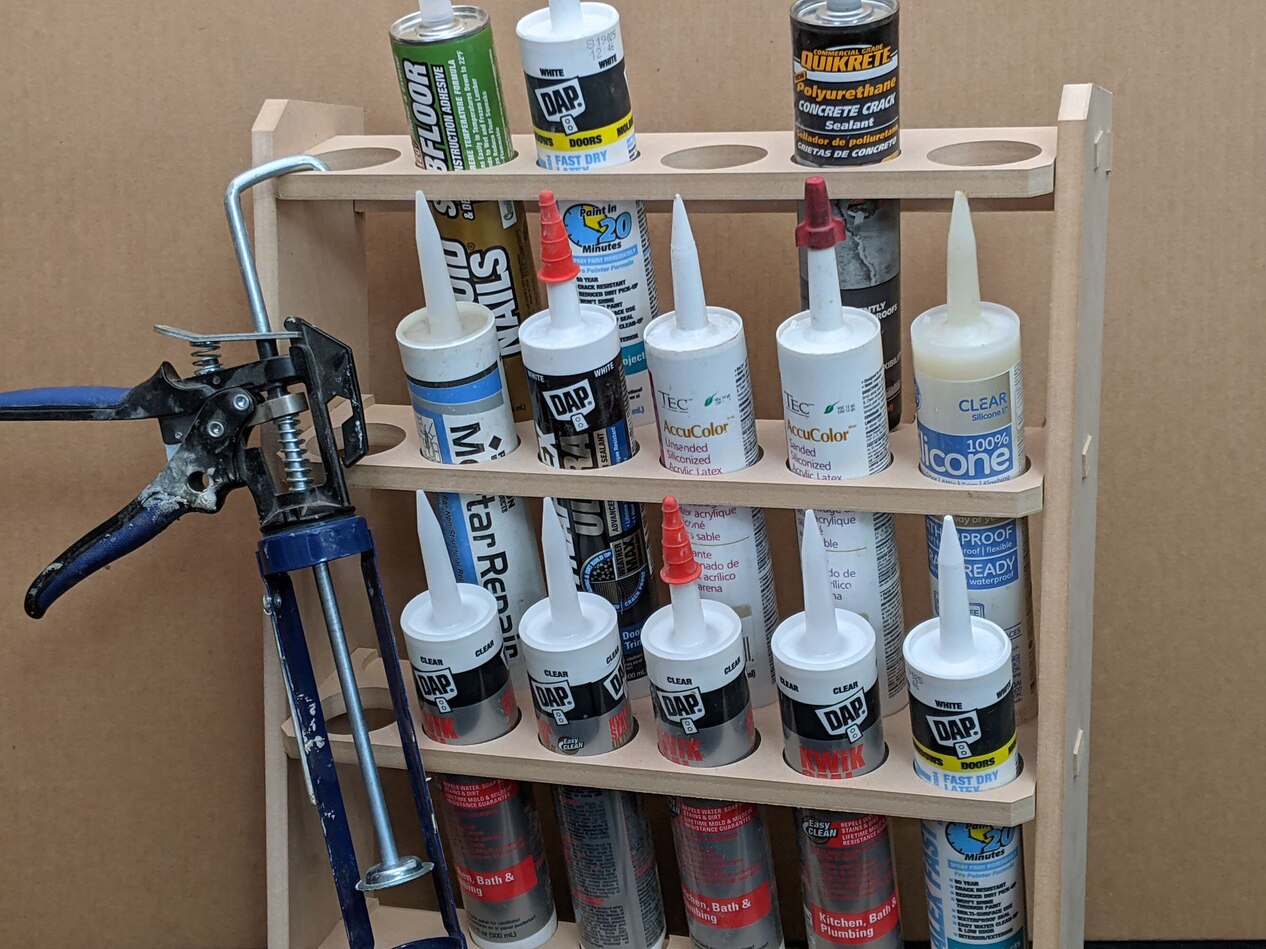
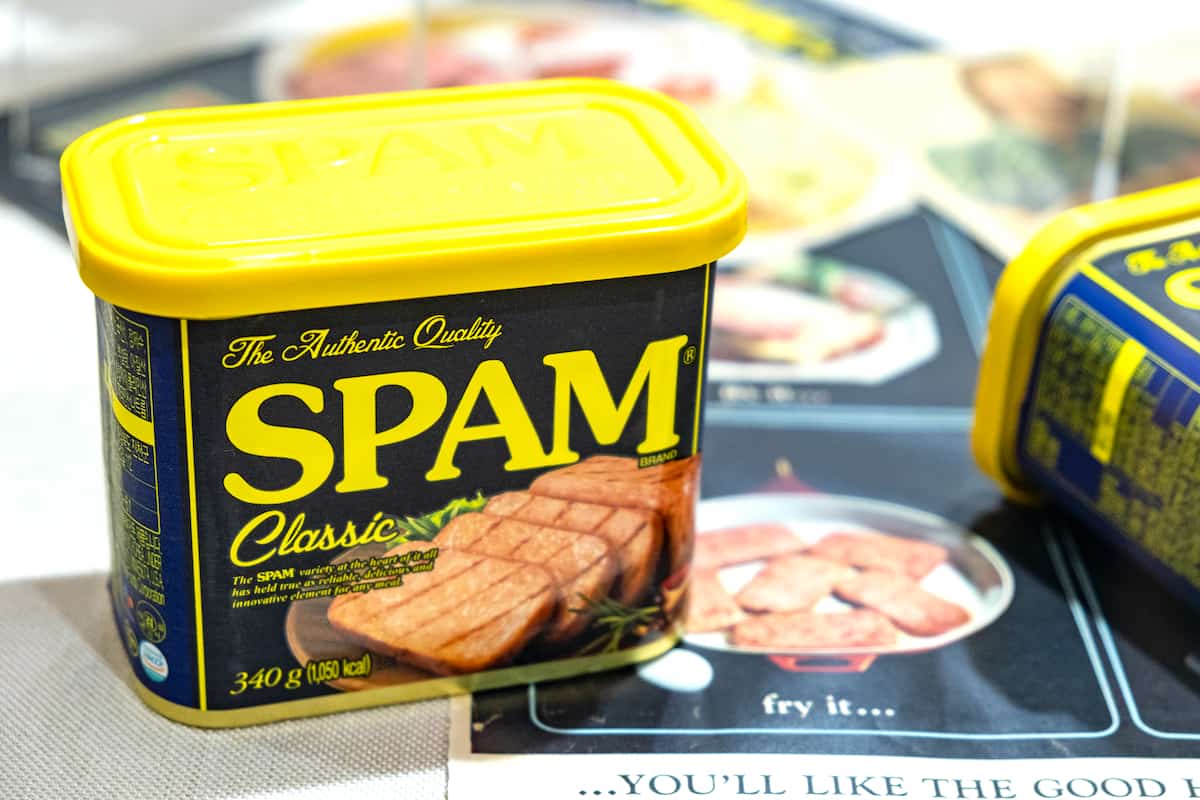

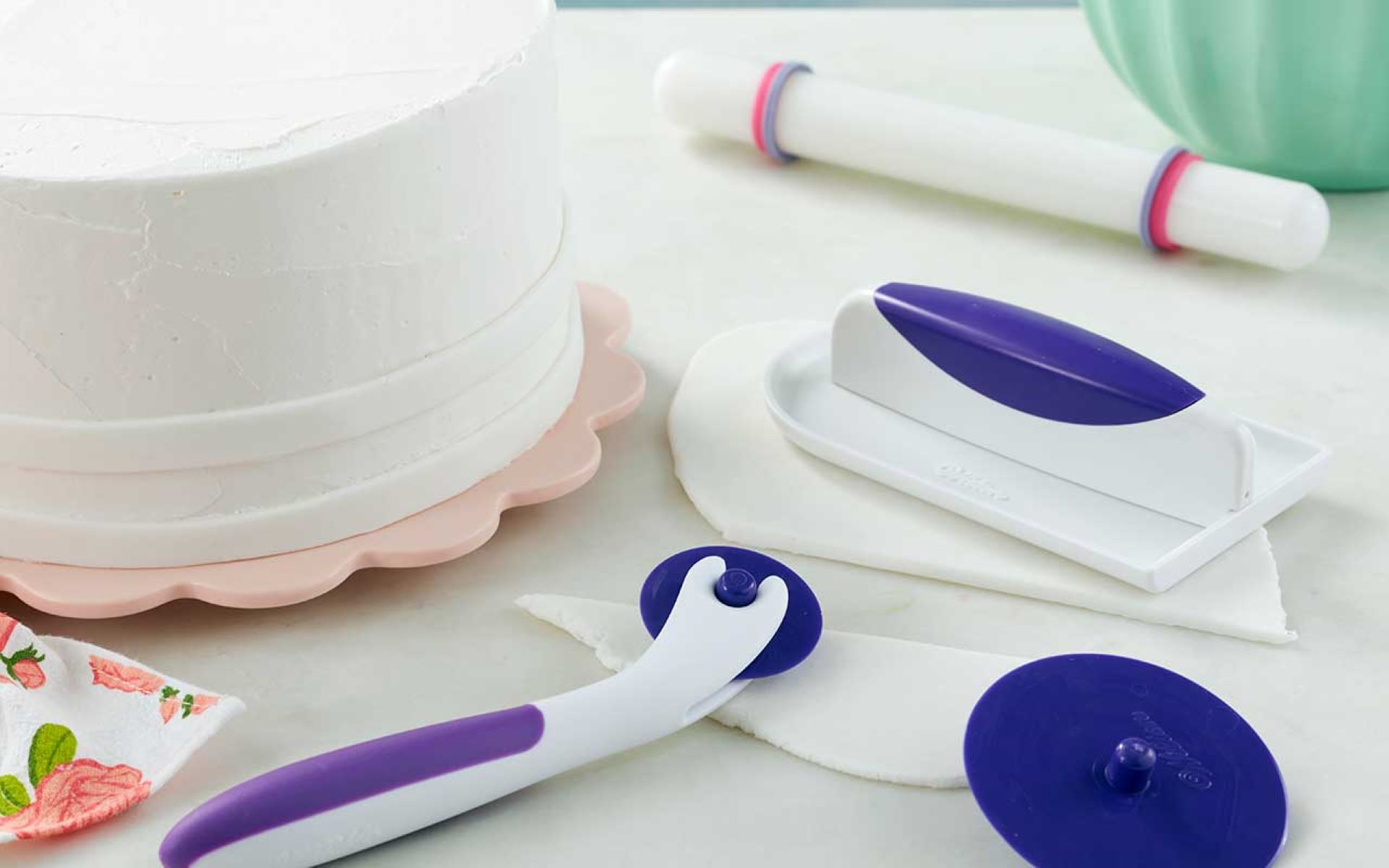
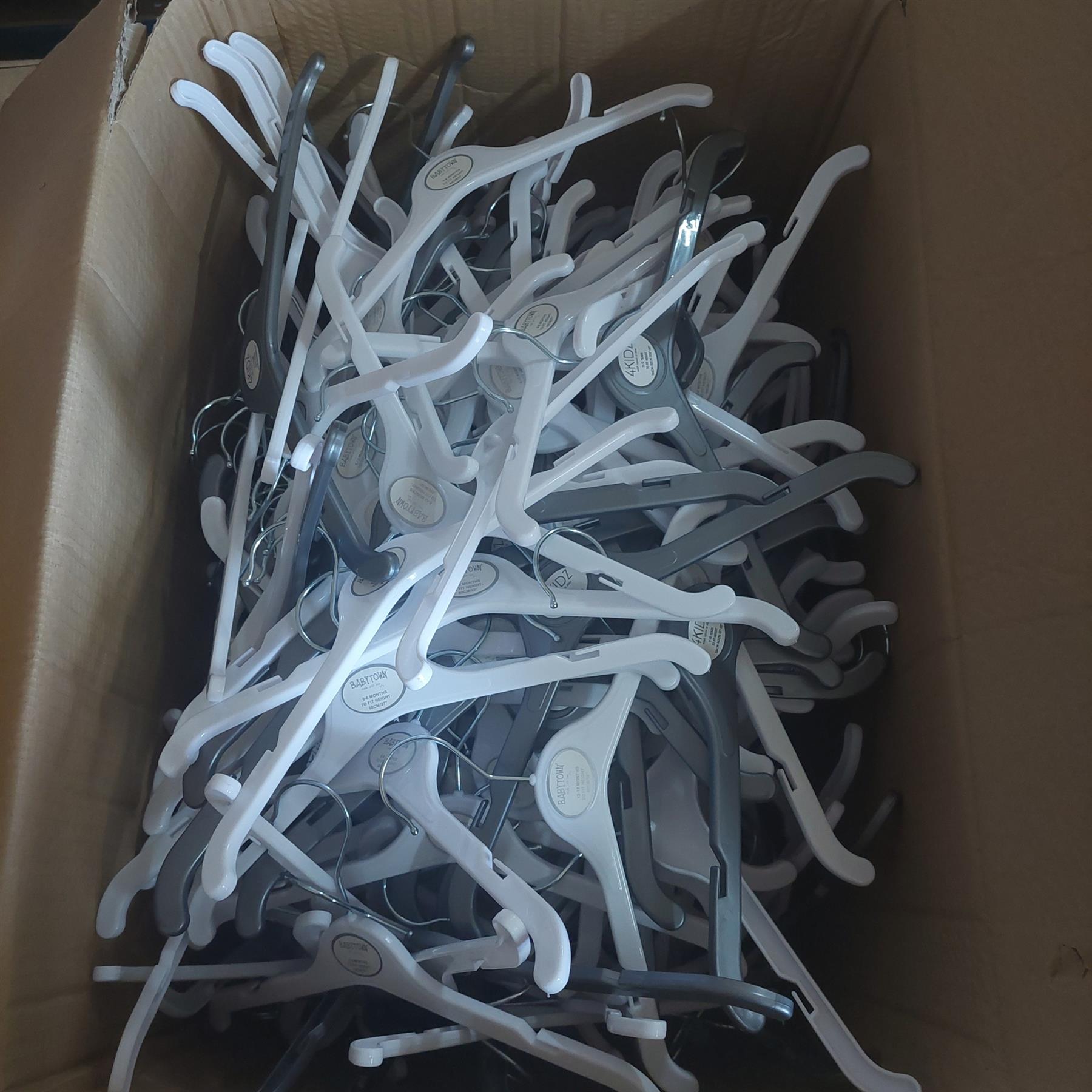
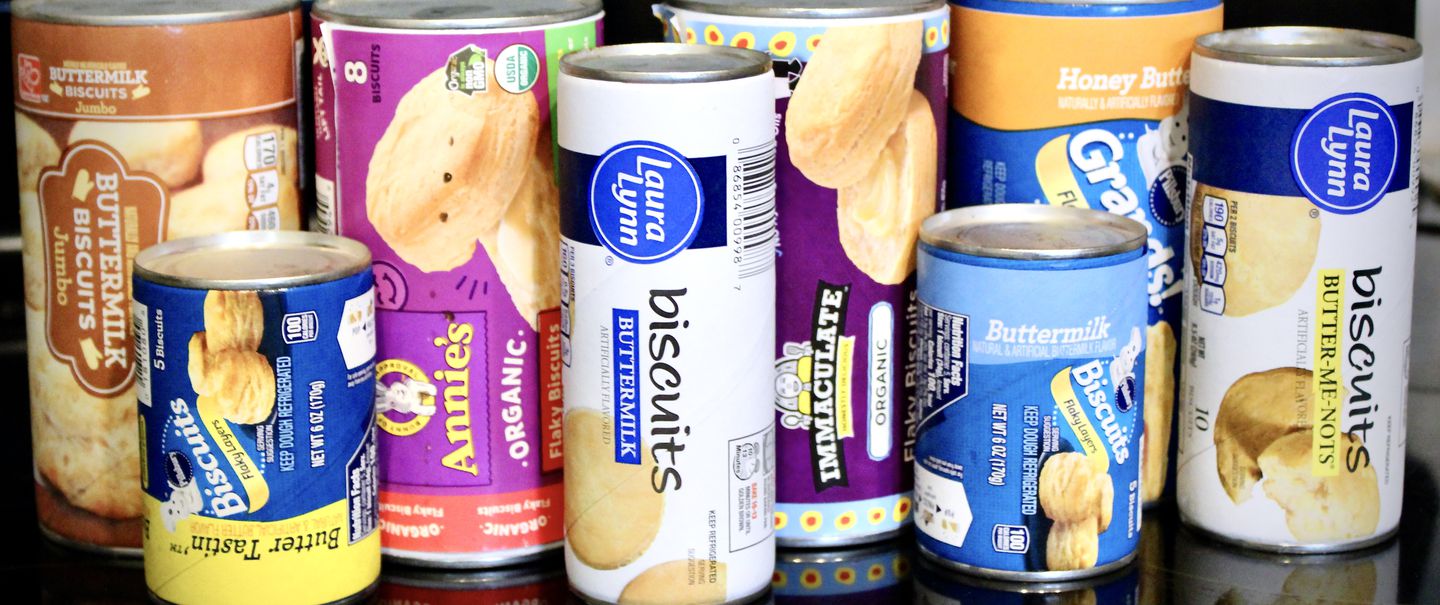

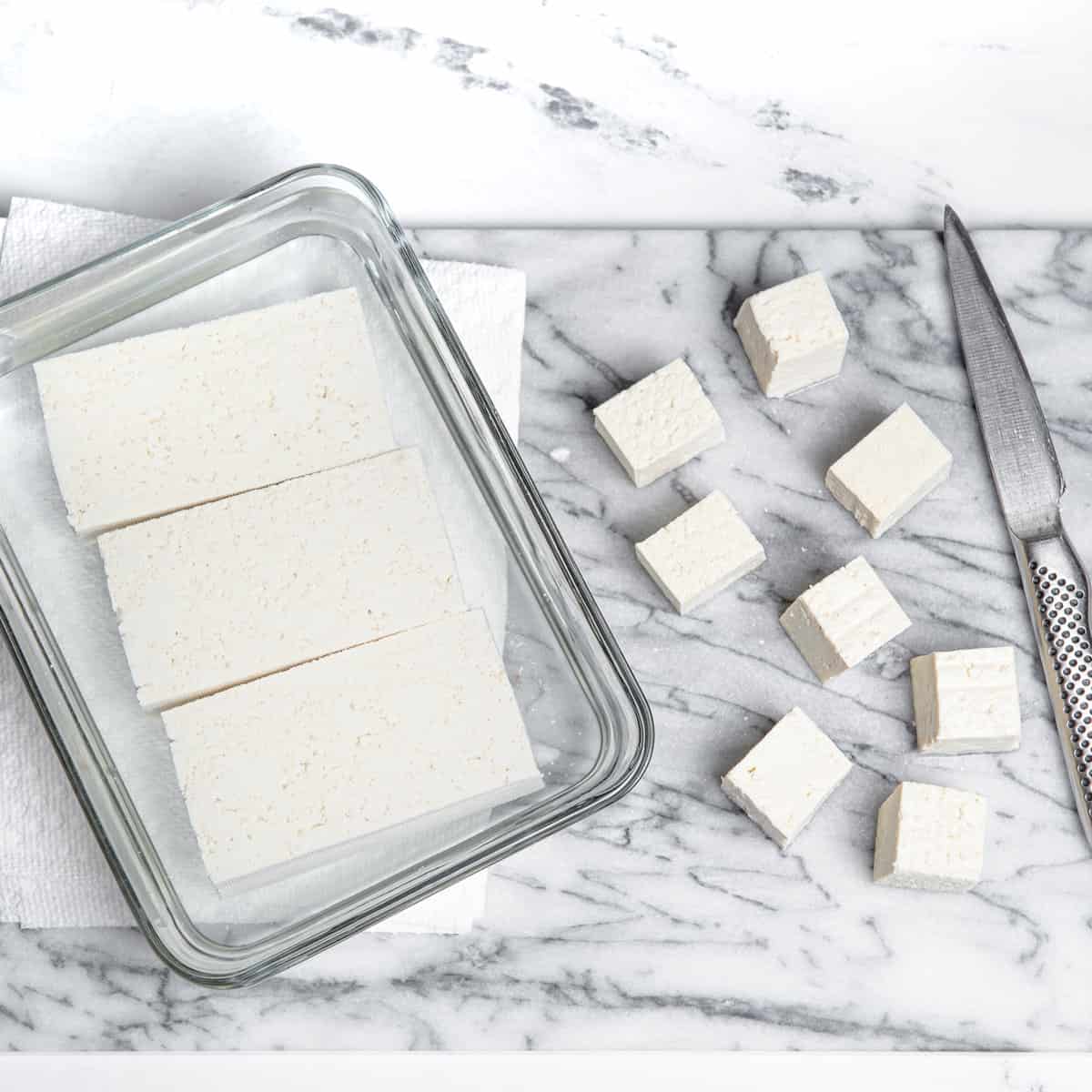






0 thoughts on “How To Store Unused Refrigerator”